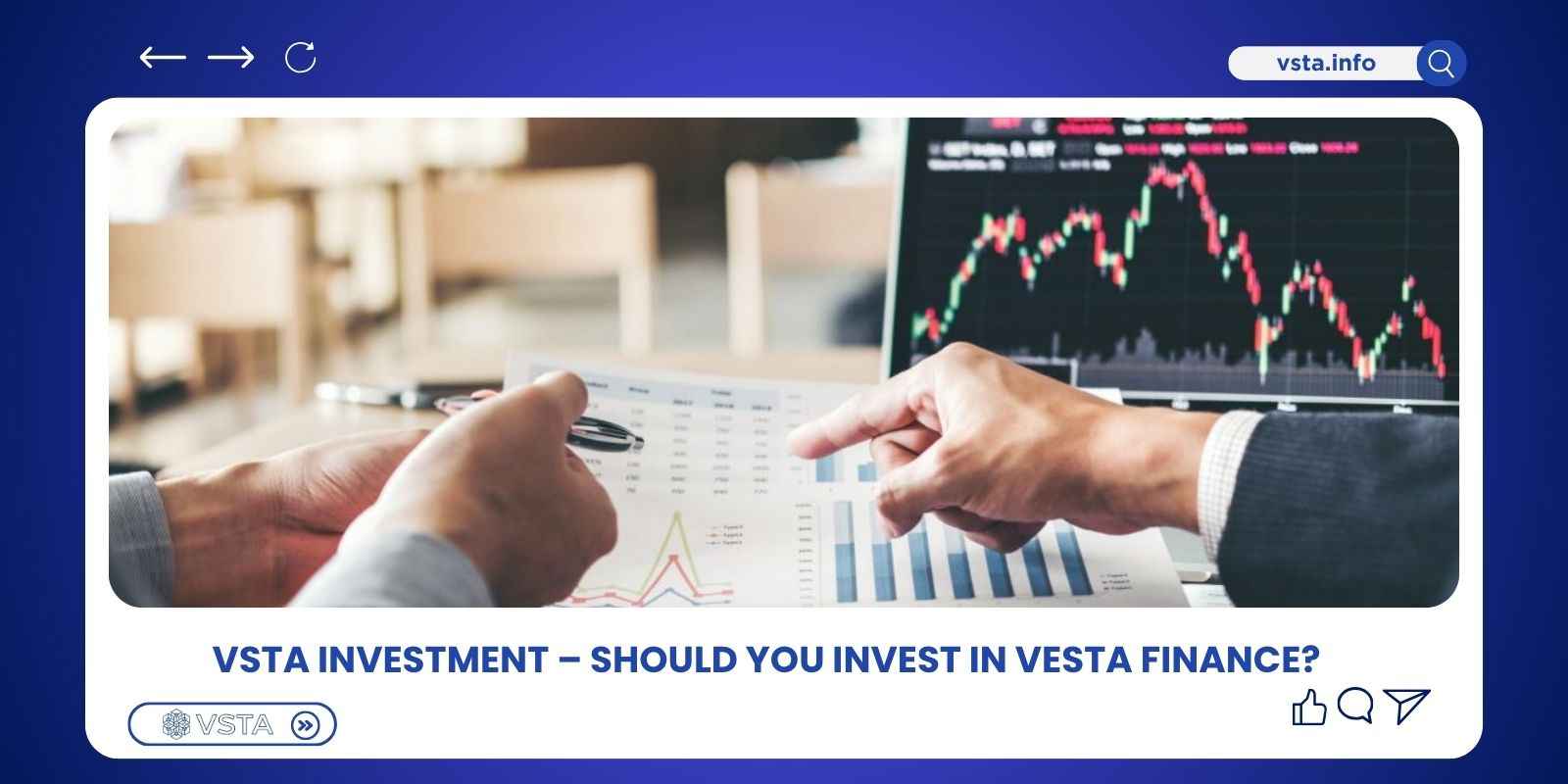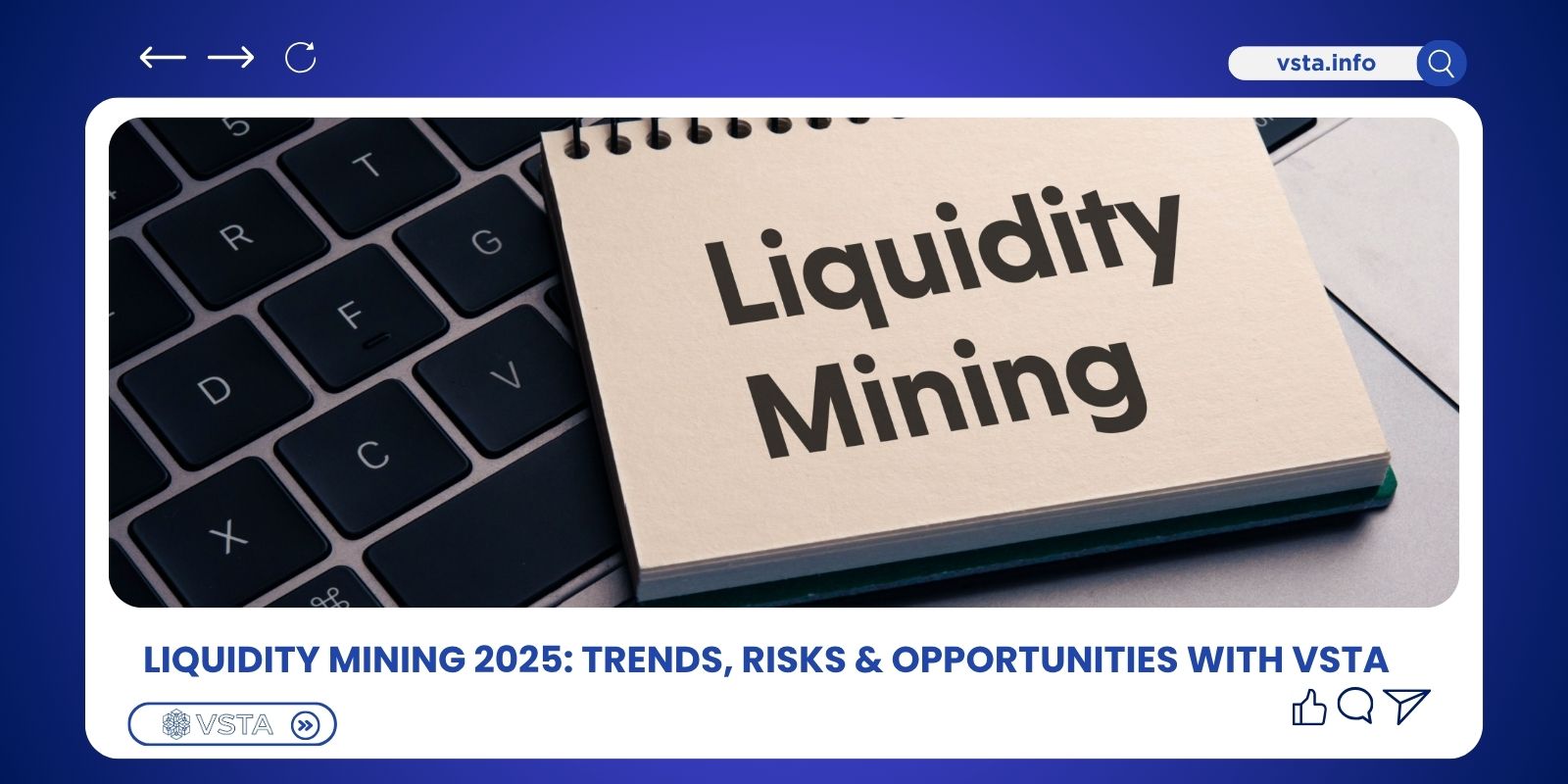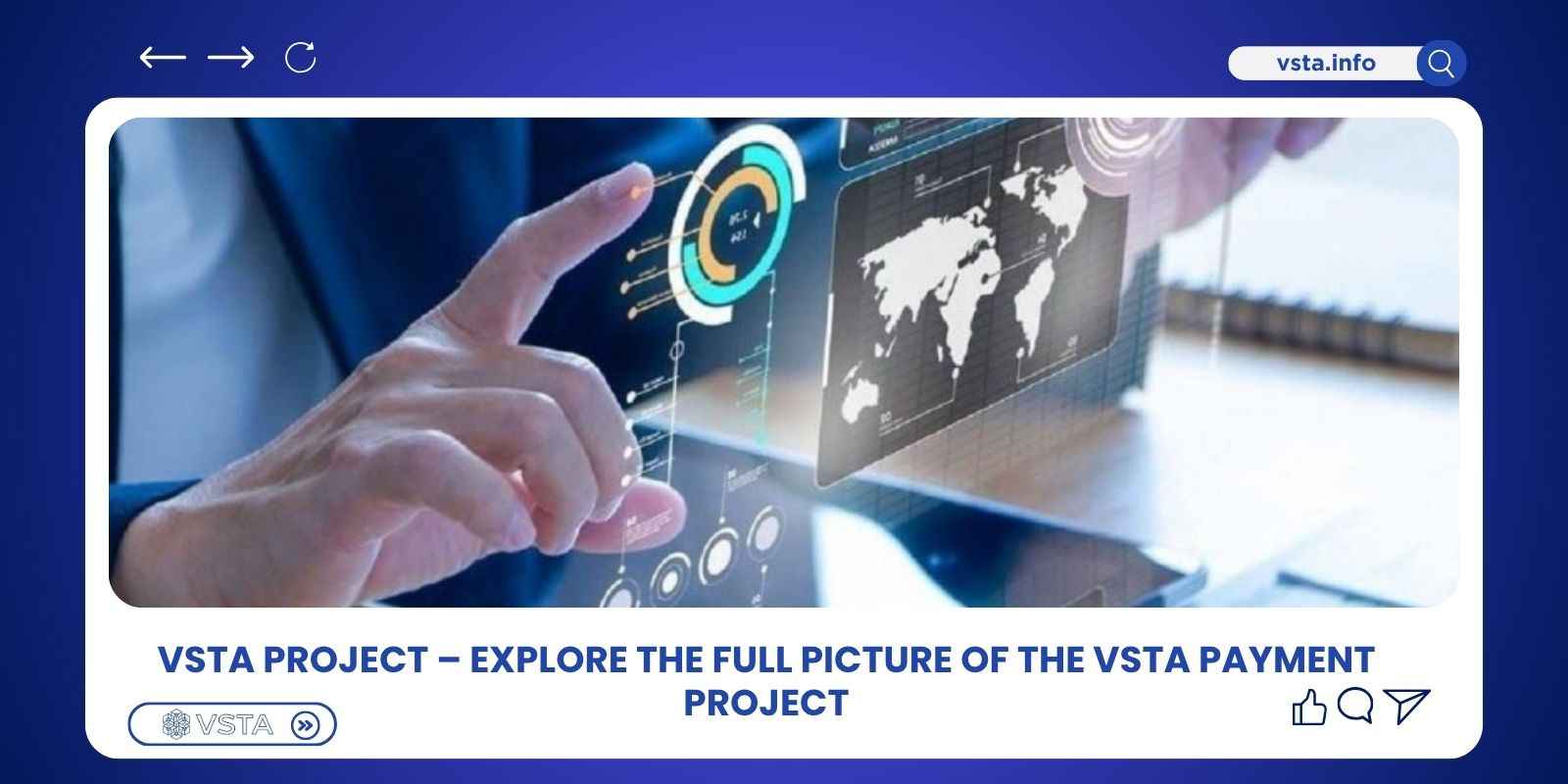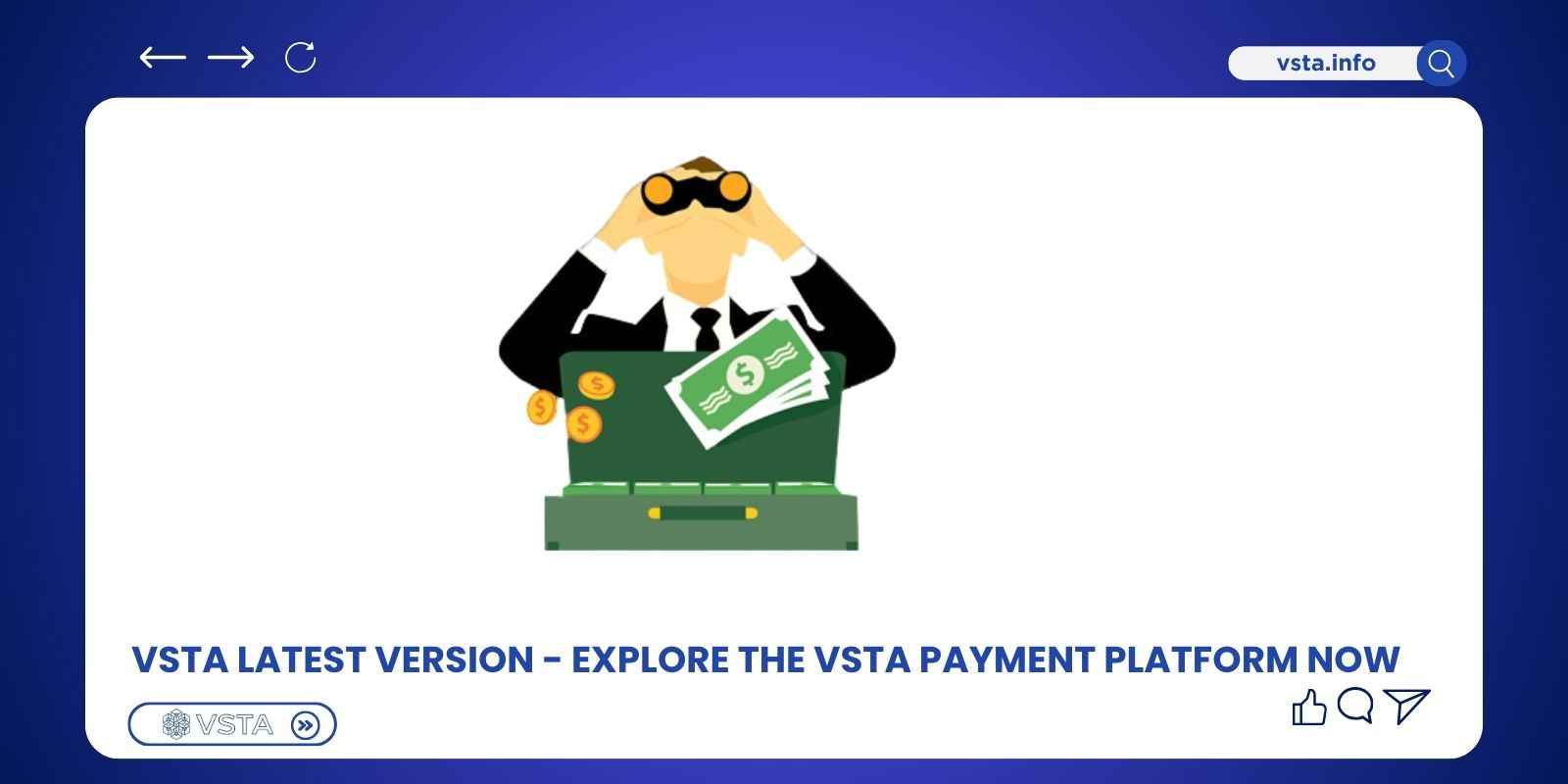In today’s volatile market, finding a project that is both sustainable and has long-term growth potential is no easy task. Among many rising names, Vesta Finance (VSTA) is gradually establishing its position thanks to tokenomics tied to the VST stablecoin, scalability on Layer-2, and the integration of Anti-Fraud AI.So, is VSTA investment an opportunity worth considering for those who want to catch the next wave of DeFi? Let’s find out more through the article below by VSTA.
Why Should Users VSTA Investment?
VSTA is the native token of Vesta Finance, a DeFi protocol built on Layer-2 solutions such as Optimism and Arbitrum. The project focuses on issuing the VST stablecoin, which allows users to collateralize assets like ETH, BTC, or LSTs to mint VST with low cost and high speed.
Key factors that make VSTA attractive to investors:
- Sustainable Tokenomics: Closely tied to the VST stablecoin, creating natural demand for VSTA.
- Staking & Fee Rewards: Users who stake VSTA earn a share of ecosystem fees, generating passive income.
- Community-Centric Allocation (>50%): Tokens are primarily allocated to the community, enhancing decentralization and fostering strong network effects.
- Layer-2 Scaling Advantage: With infrastructure on Optimism and Arbitrum, Vesta Finance benefits from low fees, fast transaction speed, and easier adoption at scale.
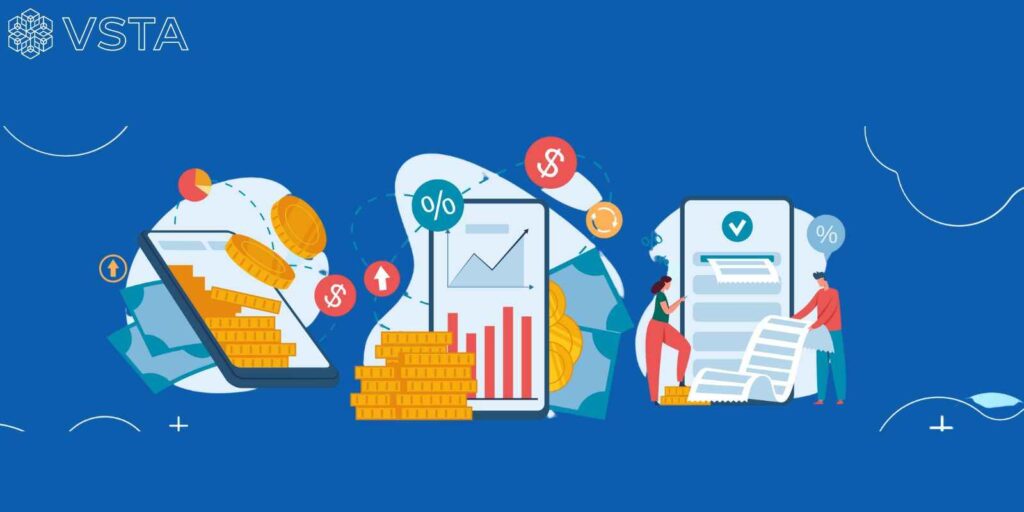
VSTA Investment Strategy
Below are some suggestions to make your VSTA Investment process faster and safer:
Staking & Restaking VSTA
One of the most popular strategies in VSTA Investment is staking and restaking. Investors can lock their VSTA tokens to earn rewards from transaction fees and interest within the ecosystem. Restaking helps optimize returns while reinforcing long-term commitment to the project. This is a suitable choice for those seeking steady passive income.
Liquidity Provision
Another strategy is joining liquidity pools on Vesta Finance. By providing liquidity, investors not only earn transaction fees but may also receive additional incentives from the project. However, this approach comes with price fluctuation risks, so careful consideration is required before participation.
Long-Term Holding
For investors who believe in the growth potential of Vesta Finance, long-term holding of VSTA is a reasonable strategy. Since the VSTA token is tied to the VST stablecoin and benefits from the expansion of the DeFi ecosystem, holding over the long run can generate sustainable value appreciation.
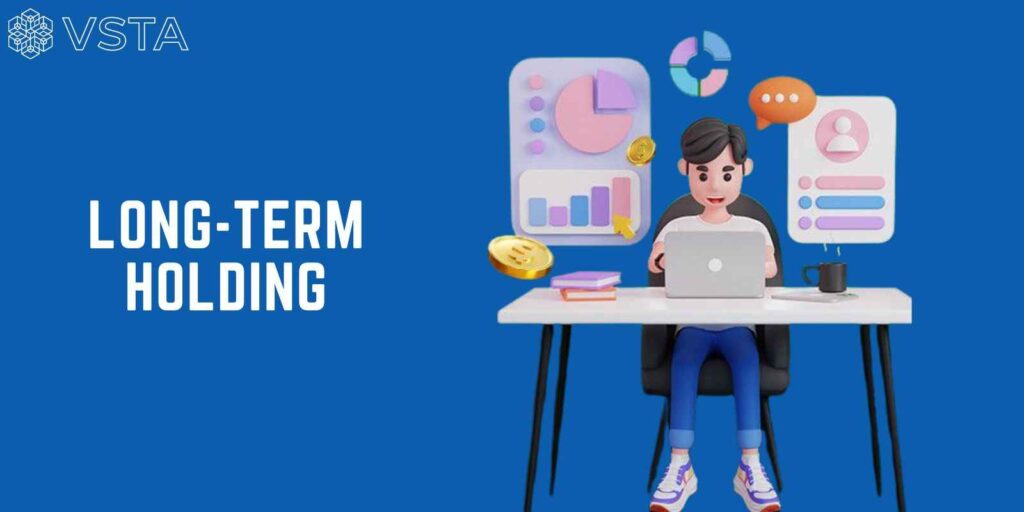
Diversification
Although VSTA has many strengths, investors should still apply a diversification strategy. Combining VSTA Investment with other DeFi assets helps minimize risks from market volatility. This principle is essential for optimizing returns and protecting capital in the long term.
Benefits and Risks of Investing VSTA
VSTA investment offers strong growth potential thanks to its sustainable tokenomics, close connection with the VST stablecoin, and advantages of operating on Layer-2 solutions like Optimism and Arbitrum.
Benefits for Investors in VSTA
Sustainable Tokenomics Linked to the VST Stablecoin: Unlike many tokens driven purely by speculation, VSTA is directly tied to the VST stablecoin. Users must collateralize assets to mint VST, which creates natural demand for VSTA. This mechanism stabilizes the ecosystem and reduces long-term selling pressure.
Opportunity for Passive Income Through Staking: Investors can stake VSTA to earn rewards from transaction fees and interest within the ecosystem. This provides an attractive passive income stream, especially suitable for long-term holders rather than short-term traders.
Growth Potential from AI and Ecosystem Expansion: VSTA also stands out for its use of AI in fraud prevention and transaction speed optimization. Additionally, its ecosystem is expanding into areas such as lending, DAO governance, and payment gateways, creating multiple long-term opportunities for VSTA holders.
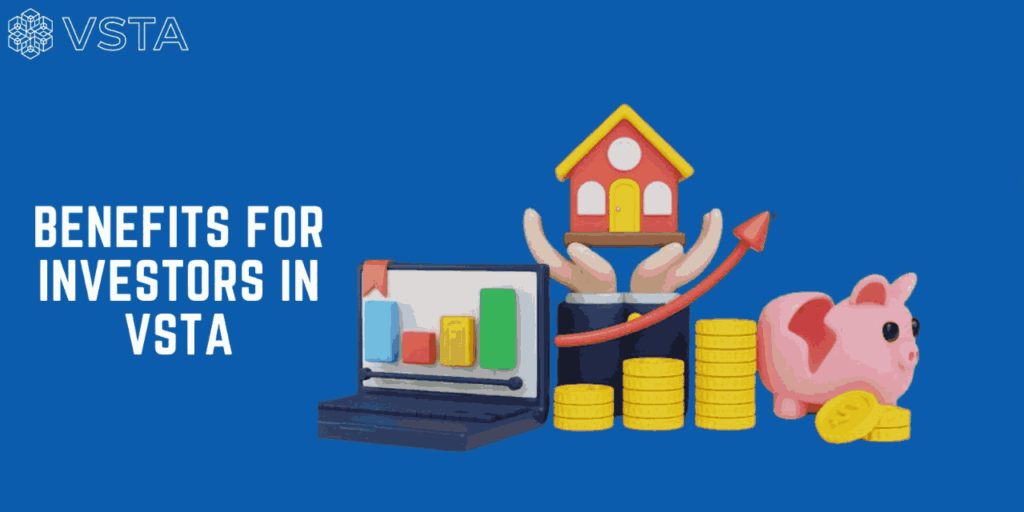
Risks of VSTA investment
Like any DeFi investment, VSTA carries certain risks that investors must carefully evaluate before committing capital.
Volatility of the Crypto Market: The cryptocurrency market is notoriously volatile. While VSTA’s price may rise quickly with DeFi trends, it can also decline sharply during broader market corrections.
Competition from Other Stablecoins and DeFi Protocols: Vesta Finance is not the only player in stablecoins and DeFi. Established protocols such as MakerDAO, Frax, and Curve already have strong market positions. This means VSTA faces tough competition in attracting users and maintaining its ecosystem.
Limited Liquidity in the Early Stages: During its early development phase, VSTA’s liquidity may be limited. This makes it difficult to execute large trades and could contribute to higher price volatility.
Technology and Security Risks: As a DeFi protocol, Vesta Finance relies on smart contracts and blockchain infrastructure. Coding errors, bugs, or security vulnerabilities could cause significant ecosystem losses. Moreover, cyberattacks remain an ongoing risk that all DeFi projects must contend with.
The Future Outlook of VSTA Investment
What does the future hold for VSTA Investment? Can small contributions today truly turn into big gains tomorrow? Let’s explore the long-term prospects of investing in VSTA:
Roadmap and Development Plans
Vesta Finance has announced a roadmap focused on expanding its DeFi ecosystem, optimizing the VST stablecoin, and enhancing the utility of the VSTA token. Key milestones include improving staking mechanisms, developing DAO governance, and integrating more collateral assets. This provides a solid foundation for VSTA to gradually strengthen its position in the stablecoin market.
Driving Adoption Through AI & Layer-2
One of VSTA’s most notable competitive advantages is its integration of AI for fraud detection and transaction speed optimization. Combined with Layer-2 infrastructure such as Optimism and Arbitrum, Vesta Finance can achieve high throughput with low costs. This makes it easier to expand adoption and attract new users into the DeFi ecosystem.

A Transparent, Sustainable and Efficient Stablecoin Platform
In the long run, Vesta Finance aims to become a transparent, sustainable, and efficient stablecoin platform that meets the growing demands of the market. If it maintains this growth trajectory, VSTA could evolve into one of the most promising DeFi assets – offering steady returns for short-term investors while delivering lasting value for long-term holders.
What Investors Should Note When VSTA Investing
Before deciding to VSTA invest, there are several key points that investors should consider:
- Although VSTA has strong potential, it is still heavily influenced by overall crypto market volatility. Prices can rise quickly during bullish trends but may also drop sharply when the market corrects. Investors should be mentally prepared and manage capital wisely.
- Currently, VSTA’s liquidity and adoption are still developing. This may affect trading capacity and price stability. Investors should closely monitor community growth and capital inflows into the ecosystem.
- Vesta Finance has a clear roadmap with goals such as expanding staking, DAO governance, and AI integration. Investors need to follow official announcements regularly to adjust strategies in a timely manner.
- DeFi investments always involve technological and security risks. Investors should use secure wallets, carefully review smart contracts before staking or providing liquidity, and consider additional security measures to protect their assets.
Conclusion
Vesta Finance (VSTA) is emerging as a promising investment opportunity in the DeFi ecosystem thanks to its sustainable tokenomics, attractive staking model, and Layer-2 advantage with high transaction speeds. Furthermore, the integration of AI for fraud prevention and system optimization differentiates VSTA from competitors like MakerDAO, Frax, and Curve. Hopefully with the VSTA investment information mentioned above, investors can have a clearer view of VSTA’s potential.
